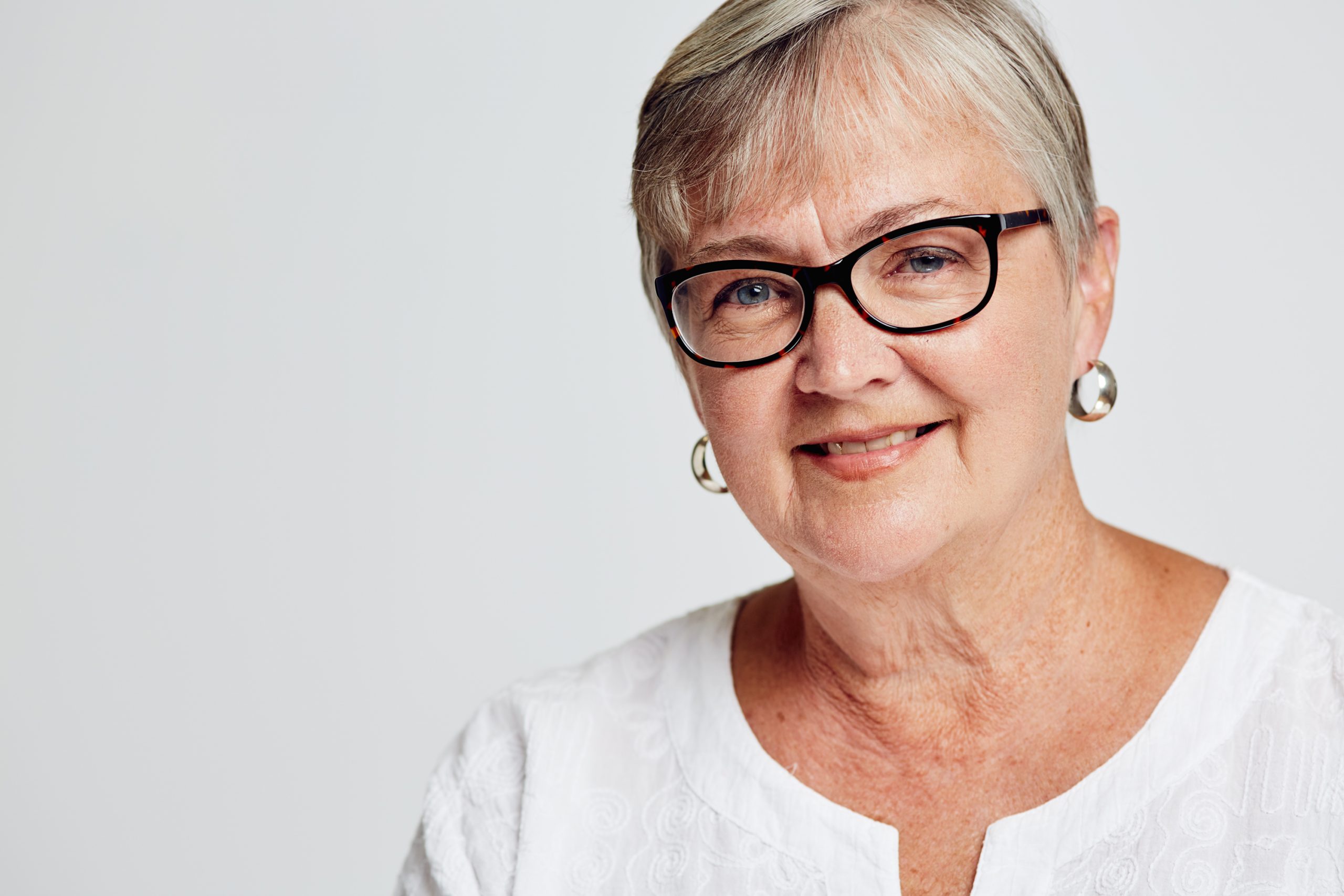Reflections on How We Heal

Dr. Mary Jo Kreitzer | 09.20.17
Throughout the course of my nursing career that spans many decades, I have had the privilege of being with people during both joyous and vulnerable times in their lives.
I have been with people who have suffered inexplicable losses, received news of a life-threatening diagnosis, are in the process of dying, or supporting loved ones who are preparing to transition.
I have also been active within the CaringBridge community as both a visitor of sites and as a researcher.
It is from this broad perspective of journeying with people that I share with you what I have learned about healing.
Perhaps the most important nugget of wisdom that I want to share is that healing is possible.
When facing a devastating diagnosis or experiencing the loss of a family member or friend, it is normal to feel overwhelmed, profoundly sad, and even hopeless.
While it is true that life may never be the same and that people don’t “get over” their grief or loss, it is possible to heal. What do I mean by healing?
Healing is a process or a journey toward wholeness. As people heal, they experience new insights and perspective and feel whole in body, mind and spirit.
The nature and process of healing is unique. What works for one person may or may not work for another, which is why it is so important to pay attention to how you are feeling and what works for you.
There is not a simple prescription to follow. Healing requires patience and takes time. A few other insights I have gleaned through my work and life:
- To heal from pain or a deep loss, the only way to the other side is to move through the intense, uncomfortable feelings. Avoiding or suppressing your feelings related to the loss likely delays getting to a better place.
- Relationships are key to healing. Experiencing love and support from those who are important to us is tonic for the body, mind, and soul. It boosts our spirits and helps us attain new perspectives.
- Perspective—the way we view the world—is critically important. It is paradoxical that people often refer to an illness such as cancer as a gift. While it was not something they sought, it jolted them into seeing life differently. Discovering what is most important in life is a gift beyond measure.
- Healing is a unique process, and it is important to discover what has heart and meaning for you. As reflected in the family stories told in How We Heal, there are many things that help people heal, including art, music, writing, nature, prayer, meditation, expressing gratitude, and spending time with those who are important to us. Allowing ourselves to love and be loved may be most important to healing.
I have a deep appreciation for the ways that CaringBridge contributes to healing.
CaringBridge facilitates deep relationships, and enables people to tell their stories while giving and receiving support. For some, writing is profoundly healing. For others, reading about healing journeys transports them to another place. CaringBridge is a way to share our lives, be that through storytelling, photos, art, or poetry.
While there is no universal definition of healing or a simple scientific measure that captures healing, through our study of CaringBridge journals, the University of Minnesota research team is learning a lot about what healing looks like from many perspectives – friends, family members and, of course, the authors who have set up CaringBridge websites to share their story.
To date, we have transferred more than 50 million journals! (The names and any personally identifiable information have been removed from the data set we use.)
While we are gathering evidence on how CaringBridge contributes to positive health outcomes and healing, I often remind my colleagues that there is mystery and grace in life, and that not everything that counts can be counted.
While we will garner data over time that helps us understand how CaringBridge contributes to healing, the powerful images and stories of healing you have encountered here are, indeed, compelling evidence that healing is possible.
Life inevitably throws us curve balls.
We face times in life when we feel joy and equanimity, and times when we feel sad, lost, fearful and in deep need of healing.
In these times of turmoil, keep in mind that healing is possible, that it takes time, that we need to face grief and pain in life and go through it rather than around it, that the process of healing is unique (we need to find what works for us), and that there are people who can accompany us on this journey of healing and in doing so, help us heal and be healed.
I hope that these stories inspire you, and are a call to action to compose your own personal plan for health, healing and wellbeing.
Dr. Kreitzer is the founder and director of the University of Minnesota’s Earl E. Bakken Center for Spirituality & Healing and a professor in the School of Nursing. She is an internationally renowned researcher, scholar, teacher, and leader in integrative health and healing.
Are you or a loved one experiencing a health journey? If so, start a CaringBridge website where you can share updates and receive encouragement and support from your community. Visit the Ways to Help page and set up The CaringBridge Planner to recruit help with day-to-day errands.
So helpful. Thank you.